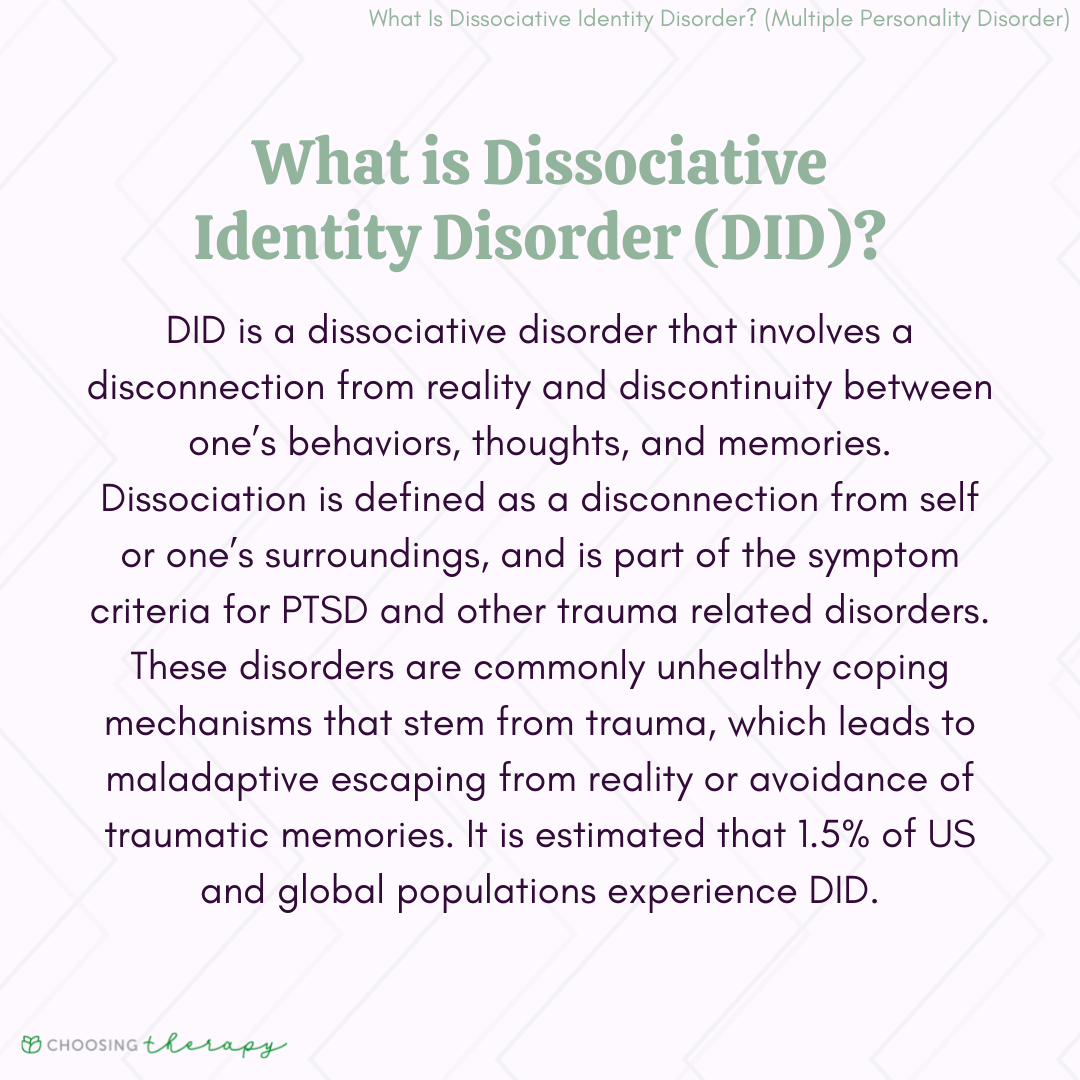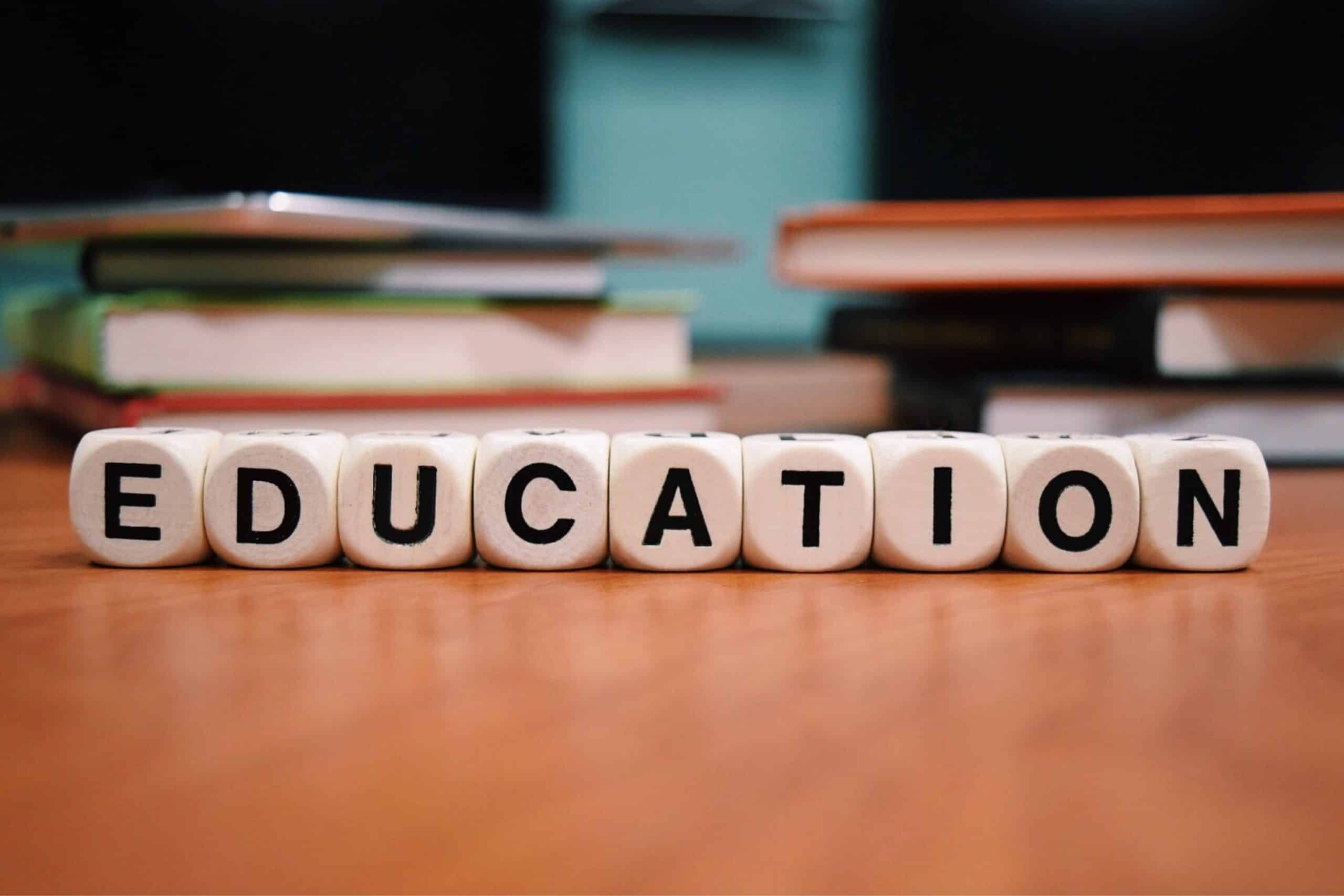Sputnik I and the National Defense Education Act: How Space Sparked Educational Reform
The Cold War context: set the stage
The launch of sputnik i by the Soviet Union on October 4, 1957, send shockwaves through American society. This small satellite, approximately the size of a beach ball, orbit earth while broadcast radio signals that anyone with an amateur radio could detect. The technological achievement wasn’t precisely a scientific milestone — it represent a fundamental shift in the global balance of power.

Source: study.com
Anterior to sputnik, Americans broadly believe in their nation’s technological superiority. The United States had emerged fromWorld War iii as the dominant global power with unprecedented industrial capacity and scientific prowess. Yet, theSoviet Unionn’s ability to launch the first artificial satellite challenge this assumption instantly.
The timing couldn’t have been more significant. The Cold War was intensified, with both superpowers compete for global influence. Military strategists forthwith recognize the implications: a nation capable of launch a satellite could potentially deliver nuclear warheads across continents. This realization transform sputnik from a scientific curiosity into a national security concern nightlong.
America’s sputnik shock: a crisis of confidence
The American public reaction to sputnik was immediate and profound. Newspapers across the country run front page headlines announce the soviet achievement, frequently with alarming tones suggest America had fall behindhand. The New York times declare it” a scientific feat of the first magnitude, ” hile political commentators question how the soviets had beat amAmericanto space.
President Eisenhower initially attempt to downplay the significance, congratulate the soviets while assure Americans that the U.S. space program remain on track. Behind closed doors, yet, his administration scramble to understand how the technological gap had developed and how to close it rapidly.
Public anxiety intensify when the soviets launch sputnik ii scarce a month subsequently, carry the dog Lanka. This second launch demonstrate that the first wasn’t a fluke but part of a sophisticated space program. Lag, America’s first satellite attempt in December 1957, the vanguard tv3, explode on the launch pad in what newspapers dub” fflank” ” ” k” tSputnik
The psychological impact can not be overstated. Americans begin question their educational system, scientific infrastructure, and eve their way of life. How could a purportedly backwardSoviet Unionn beat the world’s greatest industrial power into space?
Educational deficiencies expose
As government officials and educational experts seek explanations for the” sputnik crisis, ” ttention rapidly turn to amAmerica educational system. Critical reports emerge highlight serious deficiencies in science, mathematics, and foreign language instruction in amAmericanchools.
Admiral Hyman Rickover, father of the nuclear navy, become a vocal critic of American education, publish influential works like” education and freedom ” hat argue amAmericanchools were fail to produce the technical talent necessary for national security. He nonoteshat soviet students receive far more rigorous training in mathematics and sciences than their aAmericancounterparts.
A 1955 white house study had already warned about shortages of scientists and engineers, but sputnik transform these concerns from theoretical problems into urgent national priorities. Congressional hearings reveal that the averagAmericanan high school offer minimal advanced mathematics and much no physics courses at altogether. Alone one in three high schools teach physics, and many science teachers lack proper qualifications.
Foreign language instruction appear evenly inadequate. While soviet students typically learn multiple languages, include English, American students seldom achieve proficiency in any foreign language. This disadvantage hamper intelligence gathering and diplomatic efforts in the global Cold War struggle.
The path to educational reform
The Eisenhower administration, recognize the gravity of the situation, move rapidly to address these educational shortcomings. In his 1958 State of the Union address, president Eisenhower call for significant federal investment in education, especially in science and mathematics. This represents a dramatic shift for a president who traditionally advocate for limited federal involvement in education.
Senate majority leader Lyndon b. Johnson champion educational reform as both a national security imperative and a way to expand opportunities for Americans. The result legislative effort bring unitedly unusual political allies, with conservatives support education funding as a defense measure and liberals embrace it as social progress.
Congressional hearings throughout early 1958 feature testimony from military officials, scientists, educators, and industry leaders. The consensus was clear: America need to dramatically improve its educational system to maintain technological competitiveness and national security.
The national defense education act: America’s response
On September 2, 1958, less than a year after sputnik’s launch, president Eisenhower sign the national defense education act (nidea)into law. The legislation represent the nearly significant federal intervention in education in amAmericanistory to that point, with an initial authorization of $ $887illion over four years — equivalent to billions in today’s dollars.
The idea’s title explicitly connect education to national security, frame educational improvement as essential for” the defense of the nation. ” tThisframing helped overcome traditional resistance to federal involvement in education, which mmany viewsadenine decent under state and local control.
The act contain ten titles address different aspects of education:
- Student loans for higher education, with forgiveness provisions for those who become teachers
- Funding for equipment and materials to improve science, mathematics, and foreign language instruction
- Fellowships to increase the number of college teachers and encourage advanced study
- National defense foreign language fellowships to develop expertise in critical languages
- Guidance, counseling, and test programs to identify and develop talented students
- Research and experimentation in more effective educational media
- Vocational education in technical fields relate to national defense
The legislation cautiously balance federal support with local control. Preferably than impose a national curriculum, it provides resources for states and institutions to strengthen their exist programs, specially in areas deem critical to national security.
Immediate impacts of the idea
The effects of the national defense education act were both immediate and far-reaching. Within two years, over 3,600 graduate fellowships had been award, dramatically expand America’s pool of future college instructors. The student loan program provides financial assistance to more than 115,000 students in its first year solitary, open higher education to many who could notantecedenty afford it.
High schools across the country upgrade their science laboratories with idea funds, replace outdated equipment with modern tools. Mathematics and science curricula undergo significant revisions, with new approaches emphasize conceptual understanding sooner than rote memorization. The” new math ” nd other curricular innovations emerge from this period of educational experimentation.
Foreign language instruction expand dramatically, with particular emphasis on Russian and other strategically important languages. Language laboratories equip with audio technology become common features in American schools and colleges, revolutionize language pedagogy.
Guidance counseling, antecedent a luxury in many schools, become standardized as ndideaunds support the training of counselors and the development of testing programs to identify academically talented students. This systematic approach to talent identification help ensure that promising students from all backgrounds could be guguidedoward higher education.
Long term educational transformation
Beyond its immediate effects, the idea essentially alter the relationship between the federal government and education in America. It establishes the precedent that national educational needs could justify federal involvement and funding, pave the way for subsequent legislation like the elementary and secondary education act of 1965.
The act spark a broader cultural shift toward value scientific and technical education. Enrollment in science and engineering programs increase dramatically during the 1960s, create the technical workforce that would finally fulfill president Kennedy’s moonshot goal and drive technological innovation for decades.
Higher education experience unprecedented growth, with college enrollment increase from 3.6 million in 1960 to most 8 million by 1970. The idea’s student loan program serve as a model for subsequent financial aid programs that make higher education accessible to millions of Americans.

Source: hackeducation.com
Research universities benefit peculiarly from idea funding, strengthen America’s position as a global leader in scientific research. The act’s support for advanced study and research facilities help create the modern American research university system that continue to lead global innovation today.
Space race achievements and educational success
The educational reforms initiate by the idea play a crucial role in America’s eventual triumph in the space race. When president Kennedy announce the moonshot goal in 1961, the educational pipeline was already begun to produce the scientists, engineers, and mathematicians who would make it possible.
NASA’s apollo program benefit straightaway from idea support graduates. The average age of controllers in mission control during the Apollo 11 moon landing was precisely 28, mean many had been educated during the post sputnik reform era. Their technical abilities, problem solve skills, and innovative thinking reflect the improved science and mathematics education of the period.
The successful moon landing in 1969 represent not exactly a technological achievement, but a validation of the educational investments make follow sputnik. The journey from being second in space to initiative on the moon demonstrate how rapidly educational improvements could translate into technological leadership.
Legacy and continuing relevance
The connection between sputnik and the idea offer endure lessons about the relationship between education, innovation, and national priorities. The legislation demonstrate how external challenges could catalyze domestic reform, transform a moment of national anxiety into an opportunity for improvement.
Many educational programs and institutions that exist today trace their origins to the post sputnik reforms. The advanced placement program expand dramatically with idea support, allow high school students to pursue college level work. The national science foundation’s education programs grow considerably, develop curricula and teacher training initiatives that influence generations of students.
The idea establish a pattern of federal investment in stem education that continue through various initiatives today. When face with technological challenges from global competitors, American policymakers lull often turn to educational reform as a key strategy for maintain leadership.
Peradventure well-nigh importantly, the idea help establishes the principle that broad access to quality education serve national interests. By frame education as essential to national security and economic competitiveness, ihelpslp justify public investment in human capital development across all segments of society.
Conclusion: from crisis to opportunity
The link between sputnik i and the national defense education act represent one of history’s virtually successful examples of turn a national crisis into transformative opportunity. What begins as a moment ofCold Warr anxiety finally produce educational reforms that benefit generations ofAmericanss and strengthen the nation’s scientific and technological foundations.
The idea demonstrate how targeted federal investment could address critical educational needs while respect local control of schools. It shows how education policy could serve multiple national goals simultaneously, advance both security interests and broader social objectives like expand educational access.
Today, as America face new competitive challenges in areas like artificial intelligence, renewable energy, and biotechnology, the sputnik idea connection offer a powerful historical model. It reminds us that educational investment represents not but spend but essential preparation for future challenges and opportunities.
The small satellite that cause such consternation in 1957 finally prompt reforms that help America achieve technological preeminence for decades. This historical episode demonstrates the remarkable capacity of democratic societies to respond to challenges through institutional innovation and strategic investment in human potential.
MORE FROM oncecoupon.com













